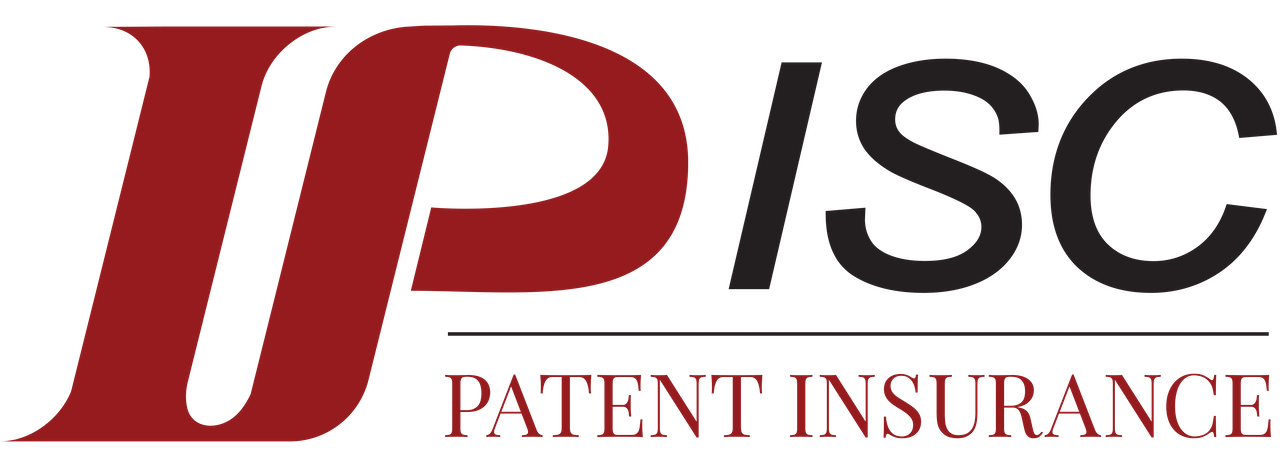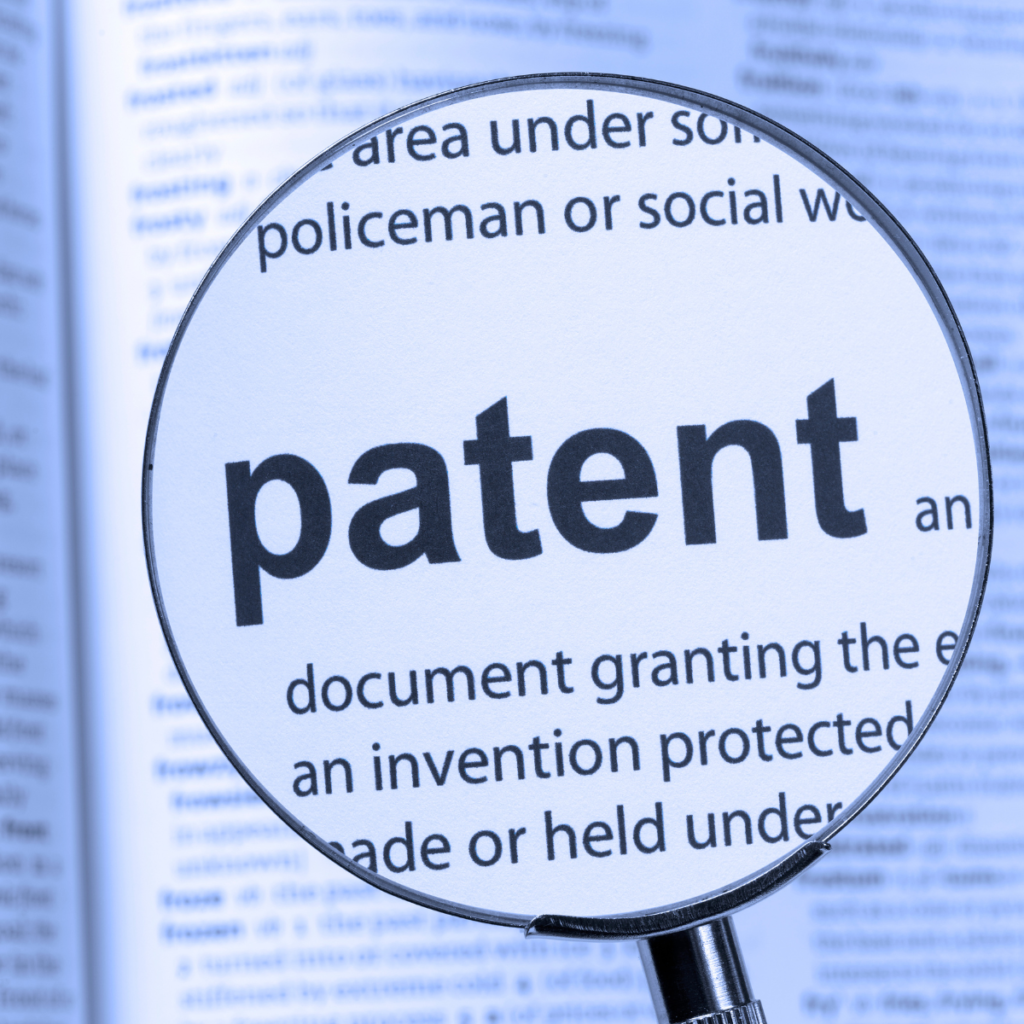Patents are the lifeblood of innovation. A patent protects the inventors’ rights, ensuring their creations cannot be replicated without explicit permission. They provide a competitive advantage in the marketplace, and in today’s economy, intellectual property is as vital as tangible assets. Protecting your creations with a patent is the first step to safeguarding those ideas.
This protection, however, comes with a price. How much does it cost to get a patent? The answer isn’t straightforward, as the expenses vary based on the type and complexity of the invention. Whether you are an independent or corporate innovator, understanding the costs involved is crucial for proper financial planning.
Overview of Patent Costs
Securing a patent is not merely about filing paperwork; it involves a series of steps, each accompanied by specific costs. Below is a breakdown of the primary expenses involved:
- Filing Fees: These are the baseline costs paid to the United States Patent and Trademark Office (USPTO). Filing fees vary depending on the type of patent and the applicant’s classification (e.g., small or large entity).
- Attorney Fees: Hiring a qualified patent attorney is critical to drafting a solid application. Attorneys charge based on the complexity of the invention, with rates ranging from $300-$600 per hour.
- Maintenance Fees: Patents, particularly utility patents, require periodic payments to keep them active. These fees increase over time, ensuring only valuable patents are maintained.
- Additional Costs: Costs such as technical drawings, search reports, and international filings can add significantly to the overall expenditure.
The total cost of obtaining and maintaining a patent can range from a few thousand dollars to over $20,000, making it essential to budget carefully.
Types of Patent Applications and Their Costs
The costs associated with patents depend largely on the type of application being filed. Below are the most common patent types and their respective expenses:
Provisional Patent Application
A provisional patent is a cost-effective way to establish an early filing date. While it does not mature into a patent, it offers temporary protection while the inventor prepares a utility application.
- Filing fee: $60 to $300
- Attorney fees: $300 to $600per hour
- Total cost: $2,500 to $3,000 for mechanical or electrical inventions, up to $6,000 for software-related inventions.
Utility Patent Application
The most common type of patent, utility patents protect functional inventions. These applications are detailed and costly.
- Filing fees: $0 to $320
- Search fees: $32 to $700
- Each independent claim in excess of three: $600
- Examination fees: $128 to $800
- Attorney fees: $12,000 median price but could be significantly more depending on the complexity.
Design and Plant Patents
Design patents protect the ornamental appearance of a product, while plant patents apply to new plant varieties. Both are less expensive than utility patents.
- Typical range: $1,500 to $3,000
Factors That Influence Patent Costs
Patent costs can vary dramatically depending on several factors:
- Complexity of the Invention: Simple mechanical inventions are typically less expensive to patent than complex software systems or medical devices, which require detailed descriptions and claims.
- Attorney Involvement: Some inventors attempt to draft and file their applications without professional assistance, but this can lead to costly errors. Attorneys charge either hourly rates or flat fees.
- Revisions and Rejections: If the USPTO requires amendments to your application or rejects it multiple times, additional fees will accrue.
Ongoing Patent Costs
Obtaining a patent is just the beginning. Maintaining its validity requires additional investment over time that you should be aware of.
- Maintenance Fees: For utility patents, maintenance fees must be paid at specific intervals to keep the patent enforceable. These can range from $400 to $8,280depending on the entity size and the patent’s age.
- International Filings: Protecting your patent abroad adds significant costs. International applications, governed by the Patent Cooperation Treaty (PCT), allow inventors to seek protection in multiple countries, often doubling or tripling overall expenses.
- Insurance: While optional, it is highly encouraged that your business is protected in the case of infringement by obtaining patent insurance for enforcement of your rights and/or defense of your products or services. Obtaining patent insurance helps cover the cost of expensive litigation.
Insuring Your Patent Investment
Patents represent significant financial and intellectual investments.
Enforcement of patent rights often involves costly litigation. Patent insurance mitigates financial risks by covering legal fees associated with infringement claims. Specialized companies like IPISC (Intellectual Property Insurance Services Corporation) offer tailored insurance products to protect patent holders.
Types of Coverage:
- Enforcement Insurance: Covers legal fees when enforcing rights against infringers.
- Defense Insurance: Protects against claims that your products infringe on another entity’s patents or other intellectual property.
Benefits of Patent Insurance:
Below are just a few of the benefits you reap from obtaining patent insurance:
- Reduces exposure to high litigation costs.
- Levels the playing field for smaller inventors facing legal challenges from larger entities.
- Safeguards the long-term value of intellectual property.
Conclusion
Patents are an invaluable tool for protecting innovation, but they require substantial financial and strategic investment. The cost of filing a patent can vary widely based on the invention’s complexity, attorney’s legal fees, and the type of patent sought. Cost of maintaining patents is further increased as the USPTO require the payment of maintenance fees at 3.5 years, 7.5 years, and 11.5 years after the grant date of the patent. If the patentee seeks additional patent protection in countries outside the US, then the patentee will file the patent application internationally as governed by PCT. The cost associated with maintenance fees and international filings can add to the financial burden of maintaining a patent portfolio.
However, with careful planning and the right resources—including patent insurance—you can safeguard your invention and its market value. It is important to seek the expert advice of a patent attorneys to navigate the patenting process. Once you have secured your patent, start a conversation with us at IPISC. IPISC can provide enforcement insurance to ensure you have the financial backing to enforce your patent rights or protection for your products against infringement of a third party’s intellectual property rights.


